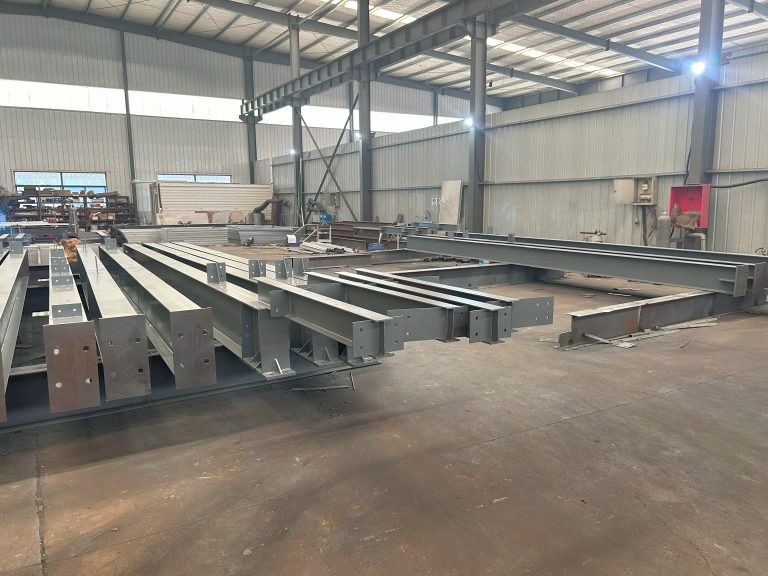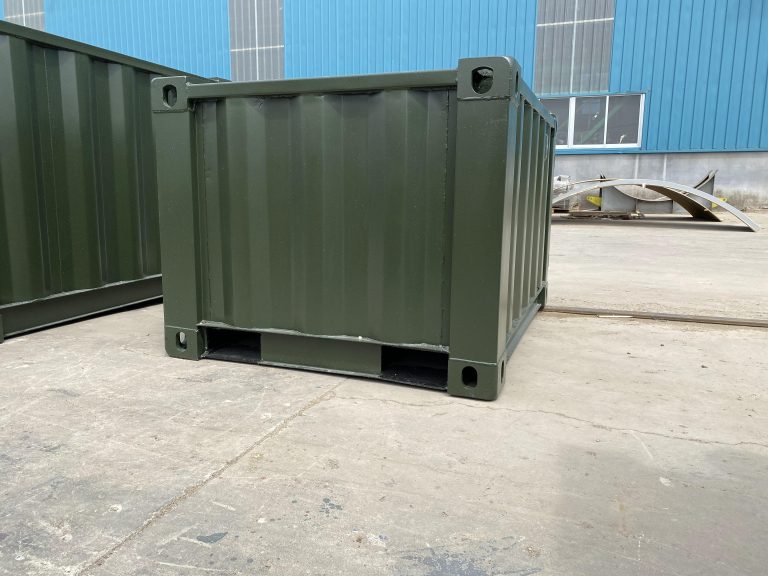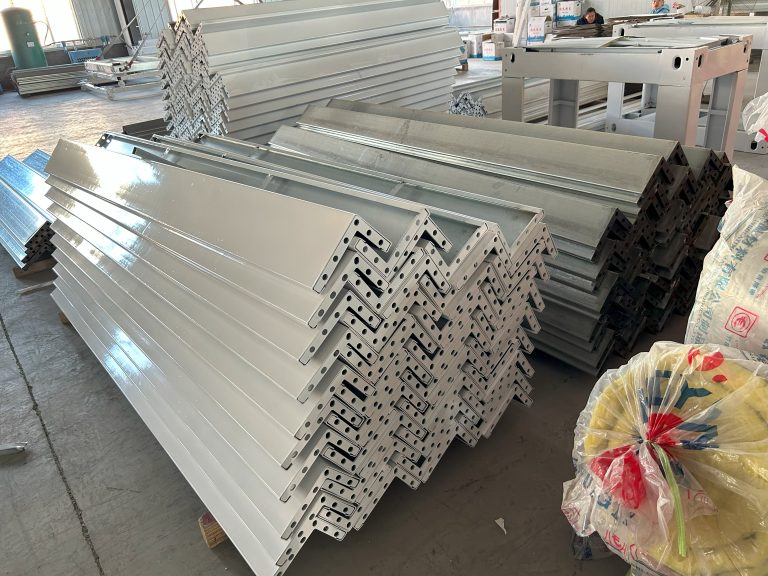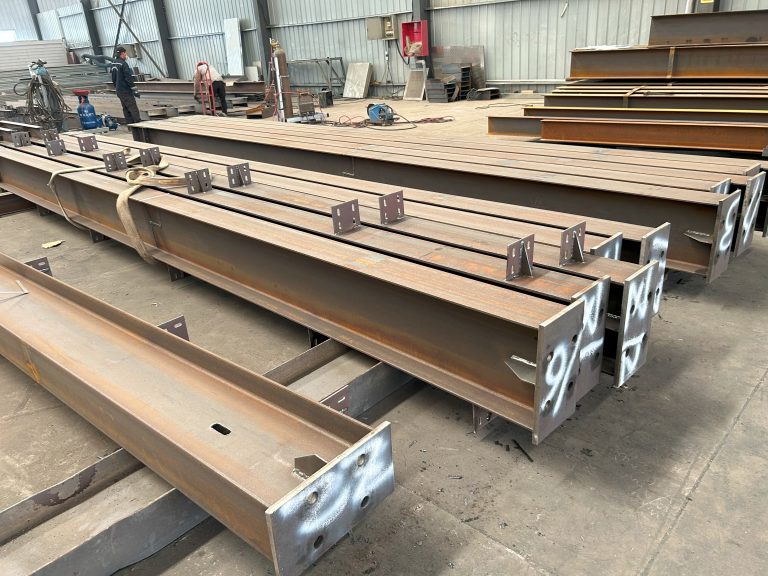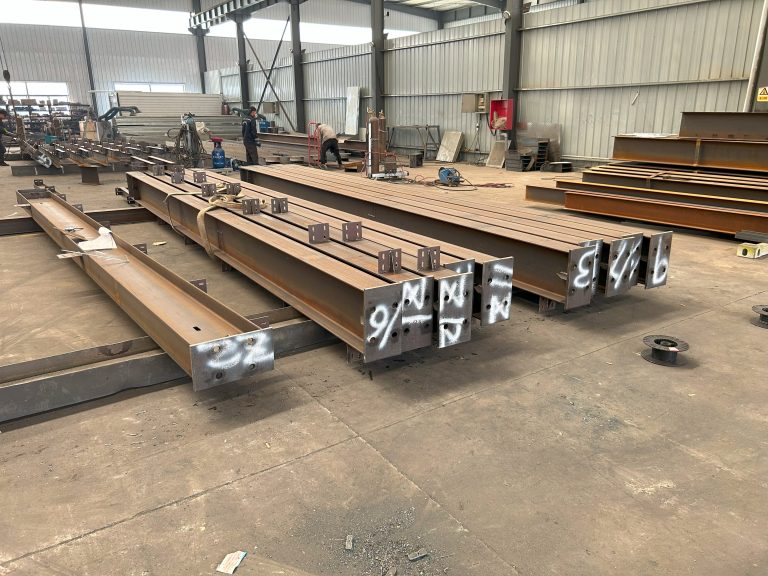Static and dynamic load analysis of steel structure livestock greenhouses
Table of Contents
Static Load Analysis of Steel Structure Livestock Greenhouses
Steel structure livestock greenhouses are a popular choice for farmers looking to provide a controlled environment for their animals. These structures are designed to withstand various loads, both static and dynamic, to ensure the safety and stability of the greenhouse. In this article, we will discuss the importance of static load analysis in steel structure livestock greenhouses.
Static load analysis is the process of determining the maximum load that a structure can support without failure. This includes the weight of the structure itself, as well as any additional loads such as snow, wind, and equipment. By analyzing these static loads, engineers can ensure that the greenhouse is structurally sound and can withstand the forces it will be subjected to.
One of the key factors in static load analysis is the design of the steel structure itself. The size and shape of the beams, columns, and trusses must be carefully calculated to support the weight of the greenhouse and any additional loads. The material properties of the steel, such as its yield strength and elasticity, also play a crucial role in determining the structural integrity of the greenhouse.

In addition to the weight of the structure, engineers must also consider external factors such as snow and wind loads. Snow can accumulate on the roof of the greenhouse, adding significant weight that must be accounted for in the static load analysis. Wind can also exert forces on the structure, especially in areas prone to high winds. By analyzing these external loads, engineers can ensure that the greenhouse is designed to withstand all potential forces.
Another important aspect of static load analysis is the foundation of the greenhouse. The foundation must be able to support the weight of the structure and transfer the loads to the ground without settling or shifting. Engineers must carefully design the foundation to ensure that it is strong enough to support the greenhouse and prevent any structural failures.
Overall, static load analysis is essential in ensuring the safety and stability of steel structure livestock greenhouses. By carefully analyzing the weight of the structure, external loads, and foundation design, engineers can create a greenhouse that is structurally sound and able to withstand the forces it will be subjected to.
In conclusion, static load analysis is a critical step in the design and construction of steel structure livestock greenhouses. By carefully analyzing the weight of the structure, external loads, and foundation design, engineers can ensure that the greenhouse is safe and stable. This analysis is essential in creating a structure that can withstand the forces it will be subjected to, providing a controlled environment for animals and ensuring the success of the farming operation.
Dynamic Load Analysis of Steel Structure Livestock Greenhouses
Steel structure livestock greenhouses are a popular choice for farmers looking to provide a controlled environment for their animals. These structures are designed to withstand various loads, both static and dynamic, to ensure the safety and stability of the greenhouse. In this article, we will discuss the importance of dynamic load analysis in the design and construction of steel structure livestock greenhouses.
Dynamic loads are forces that change over time, such as wind, snow, and seismic activity. These loads can have a significant impact on the structural integrity of a greenhouse, especially in areas prone to extreme weather conditions. It is essential to consider dynamic loads in the design process to ensure that the greenhouse can withstand these forces and protect the animals inside.
One of the most common dynamic loads that steel structure livestock greenhouses face is wind. Wind can exert significant pressure on the greenhouse, causing it to sway and potentially collapse if not properly designed. By conducting a dynamic load analysis, engineers can determine the wind load on the greenhouse and design the structure to resist these forces. This may involve using stronger materials, increasing the number of support beams, or adding bracing to the structure.
Snow load is another dynamic force that must be considered in the design of steel structure livestock greenhouses. In areas with heavy snowfall, the weight of accumulated snow on the roof can pose a serious threat to the structural integrity of the greenhouse. By analyzing the snow load on the greenhouse, engineers can determine the appropriate roof pitch and reinforcement needed to support the weight of the snow. This may involve using a steeper roof slope, installing additional trusses, or using stronger roofing materials.
Seismic activity is a dynamic load that is often overlooked in the design of steel structure livestock greenhouses. Earthquakes can cause the ground to shake, putting stress on the greenhouse and potentially causing it to collapse. By conducting a seismic analysis, engineers can determine the level of seismic activity in the area and design the greenhouse to withstand these forces. This may involve using flexible connections between the columns and beams, adding shear walls for lateral support, or using base isolators to reduce the impact of ground motion on the structure.
In conclusion, dynamic load analysis is essential in the design and construction of steel structure livestock greenhouses. By considering forces such as wind, snow, and seismic activity, engineers can ensure that the greenhouse is built to withstand these dynamic loads and protect the animals inside. Through careful planning and analysis, farmers can rest assured that their livestock will be safe and secure in a steel structure greenhouse designed to withstand the forces of nature.


